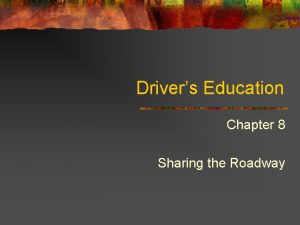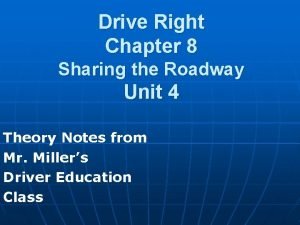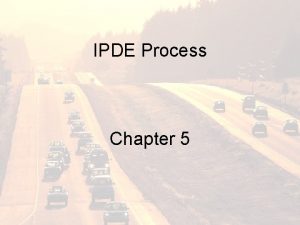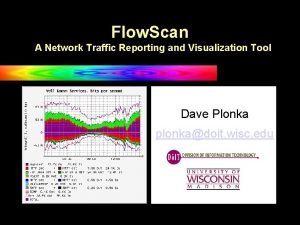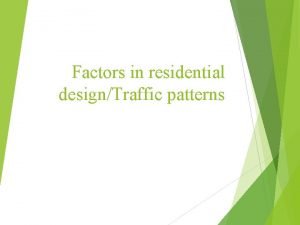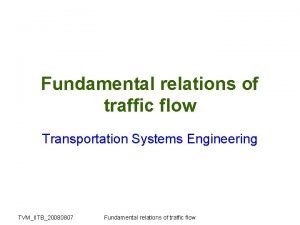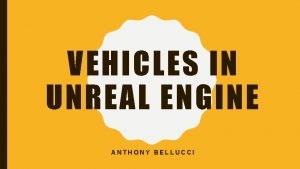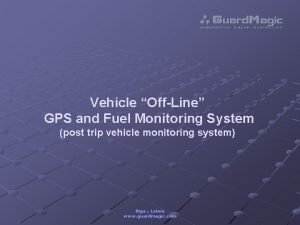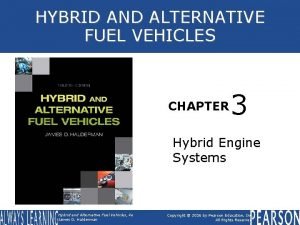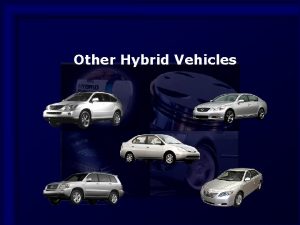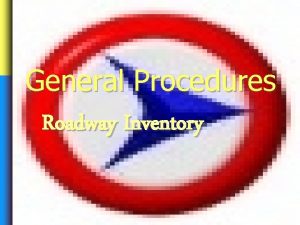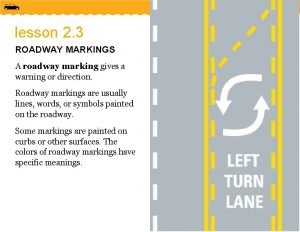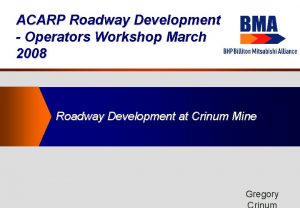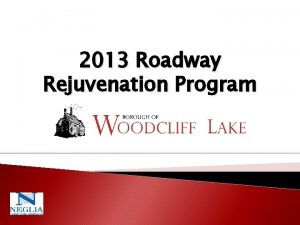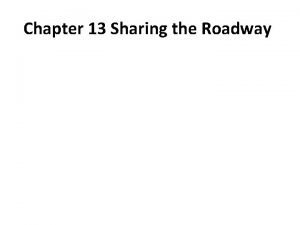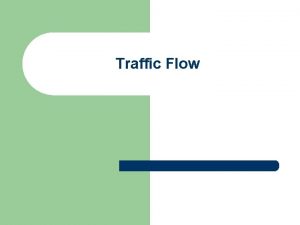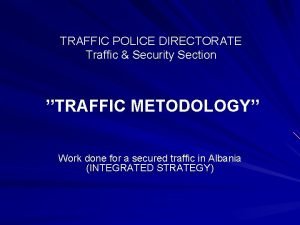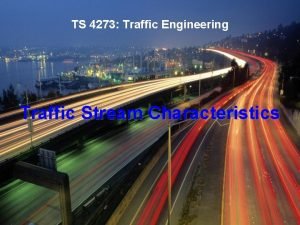TRAFFIC FLOW SHARING THE ROADWAY WITH OTHER VEHICLES
















- Slides: 16

TRAFFIC FLOW SHARING THE ROADWAY WITH OTHER VEHICLES

Sharing the Road Motorcycles & Bicycles • There were over 700 bicyclists and 2000 motorcyclists killed in collisions in the United States last year. • As the number of people riding bikes and motorcycles increases, the number of collisions with cars and other large vehicles may increase too. • As a driver, you should recognize the potential risk of collisions posed by cyclists and take precautions to minimize the risk.

Reducing the Risk • Two-wheeled vehicles are much more difficult than other vehicles for drivers to spot, especially when they approach from behind or from the side. • On highways, a motorcycle does not take up an entire lane and may not be seen. In addition drivers tend not to look for cyclists.

Reducing the Risk • Always make cyclists aware of your intentions and position. • Drive with your headlights on, and signal well in advance when turning, changing lanes, or stopping. • Tap your horn early to warn a cyclist of your approach.

Dangerous Roadway Conditions • Drivers must be aware of the problems that cyclists face in order to anticipate situations in which a cyclist might veer or skid into the path of a vehicle, or stop suddenly. • To minimize risk, search the roadway ahead for problems that may cause a cyclist to change speed or direction, skid, or make a sudden stop. • Anticipate potential risk by allowing cyclists as much maneuvering space as possible.

Following Distance • When driving behind a cyclist, increase your following distance. Never try to pass a cyclist in a tight space. • Use your mirrors to check for cyclists approaching from the rear. • Always check your blind spots. Be on the lookout for cyclists approaching intersections and coming around curves.

Irresponsible Cyclists • Human error or ignorance accounts for countless collisions involving cyclists. • Many cyclists break rules. They ride between lanes, weave in and out of traffic, ride in drivers’ blind spots, and fail to signal their intentions. • Such careless riding poses a danger not just to the cyclist but to all roadway users. • You should be alert, and be prepared to take evasive action if necessary.

Sharing the Roadway Trucks, Buses & Small Cars • The size, shape and weight of vehicles affect handling ability as well as the amount of visibility a driver has. • To manage time and space near larger vehicles, you need to understand their characteristics and limitations.

Trucks • Truck drivers sit high above the roadway and have excellent visibility ahead. • However, it is difficult for them to see to the side and behind the truck. • The next slide shows you the blind spots facing a trucker.

Trucks

Trucks • As witnessed on the previous slide, some vehicles may be all but invisible to a truck driver. • Trucks also create visibility problems for other drivers With a truck blocking your view, you can’t see other traffic or the roadway ahead. • Increase your following distance when following a truck.

Buses

Buses • The same visibility and handling factors that pertain to trucks also apply to buses. • Remember that buses stop frequently to pick up and discharge passengers, often disrupting traffic flow in the process. • Reduce speed and keep alert for pedestrians rushing to catch a bus and discharged passengers crossing streets in front of the bus. • Drivers traveling in either direction must always stop on a nondivided roadway for a school bus that has flashing red lights to indicate that it is picking up or dropping off students.

Small Cars • Small cars have less power and may take longer to pass vehicles and climb hills. • Allow yourself extra space and time to pass if you are driving or passing a small vehicle. • Also give extra room when roads are slippery or there are strong winds. Lightweight cars tend to skid more easily than their heavier counterparts.

Other Vehicles • Always yield the right-ofway to ambulances, police vehicles, and fire trucks with sirens blaring. • Be aware of maintenance vehicles, and adjust your speed and position to accommodate sudden changes in traffic flow.

Railroad Crossings • Slow down when approaching a railroad crossing. Look for warning lights or signals. • NEVER attempt to cross a track when the lights are flashing. • Always wait for the vehicle ahead of you to clear the tracks before you start across. NEVER stop on the railroad tracks.
 Chapter 8 drivers ed answers signs
Chapter 8 drivers ed answers signs You are meeting a large truck on a two-lane road. you
You are meeting a large truck on a two-lane road. you Use the ipde process chapter 5
Use the ipde process chapter 5 Inbound traffic vs outbound traffic
Inbound traffic vs outbound traffic Intelligent traffic solutions
Intelligent traffic solutions Network traffic flow diagram
Network traffic flow diagram Traffic flow differential equations
Traffic flow differential equations Traffic flow floor plan
Traffic flow floor plan Traffic flow analysis in retail management
Traffic flow analysis in retail management Traffic flow
Traffic flow Types of position
Types of position Unreal engine 4 vehicle
Unreal engine 4 vehicle Fuel monitoring system for trucks
Fuel monitoring system for trucks Solutions are monophasic or biphasic
Solutions are monophasic or biphasic Poem about momentum and impulse
Poem about momentum and impulse Trade oriented sales promotion
Trade oriented sales promotion Hybrid and alternative fuel vehicles
Hybrid and alternative fuel vehicles
